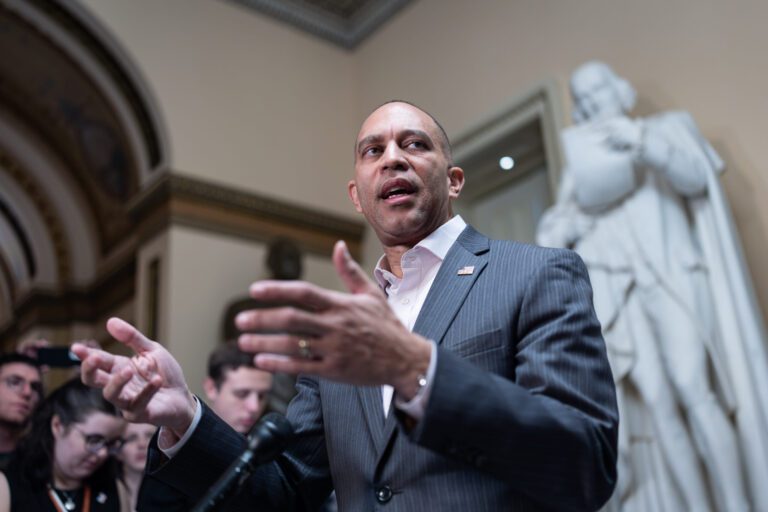Gerrymandering Resistance: A Bipartisan Challenge Ahead of 2026 Midterms
As the race for the 2026 midterm elections heats up, both Republicans and Democrats face unexpected internal opposition to aggressive gerrymandering efforts. Despite the tactical advantages offered by redistricting, several states are hesitating or outright resisting moves that could reshape congressional maps in their favor.
Republican Strategies in Key States
In states controlled by Republicans, significant redistricting efforts are emerging:
- Texas, Missouri, and North Carolina are leading the charge, with the potential to gain up to seven additional congressional seats for the GOP.
- Concurrently, Democrats are pursuing redistricting initiatives in California and Virginia, aiming to flip an equivalent number of seats.
Challenges to Redistricting Efforts
Despite these strategies, enthusiasm for redistricting is waning in other Republican-controlled states:
-
New Hampshire: Republican Senator Dan Innis recently retracted a bill to redraw the state’s two congressional districts after encountering resistance from Governor Kelly Ayotte. Ayotte emphasized that residents are focused on pressing issues such as housing, childcare, and education, rather than redistricting during the crucial census period.
"The timing is off for this because we are literally in the middle of the census period," Ayotte stated. "I don’t believe the timing is correct for this."
- Indiana: While Governor Mike Braun pushes for redistricting to convert the state’s two Democratic-held seats, a grassroots movement has stunted this effort. Current polling reveals that 53% of voters oppose redistricting, which has strengthened resistance among local Republican lawmakers.
The Illinois Dilemma
In Illinois, Democratic leaders are also pushing back against calls for redistricting from Hakeem Jeffries, the House Minority Leader. Resistance comes from:
- Concerns regarding diluted voting power among Black lawmakers.
- An overall lack of appetite for redistricting among legislators. One lawmaker remarked, "There is next to zero appetite to do it."
Maryland’s Political Landscape
In Maryland, Democratic Governor Wes Moore is struggling to build support for a redistricting plan that targets the state’s last remaining Republican seat. Previous efforts to redraw maps have been challenged in the courts, where past redistricting proposals were labeled as "extreme partisan gerrymanders" and struck down.
"The General Assembly has got to be the one to introduce and pass legislation," Moore explained, indicating the necessity of political collaboration for successful redistricting.
California’s Political Dynamics
In California, Governor Gavin Newsom’s electoral initiative allows for potential redistricting, with polling indicating favorability among voters. However, there are discontented voices within the Republican Party regarding the execution of a coordinated opposition.
- Republican Kevin McCarthy, former House Speaker, had vowed to raise $100 million against Democratic initiatives but has reportedly fallen short of that goal.
"I think it is an opportunity that is being wasted," expressed one California Republican lawmaker.
Conclusion: The Road Ahead
As both parties grapple with their internal divisions over redistricting, it becomes clear that the political landscape is more complex than anticipated. With pressing local issues alongside concerns over voter representation, a unified approach to gerrymandering before the 2026 midterms remains uncertain.
Key Takeaways:
- Bipartisan Resistance: Both parties face unique local challenges and resistance within their own ranks.
- Voter Sentiment: A significant portion of voters across states is wary of redistricting efforts.
- Internal Party Dynamics: Leadership responses and grassroots sentiments play a crucial role in shaping redistricting strategies.
For those seeking further information on congressional redistricting and its impact on electoral outcomes, resources from Ballotpedia and The Brookings Institution can provide essential insights.


